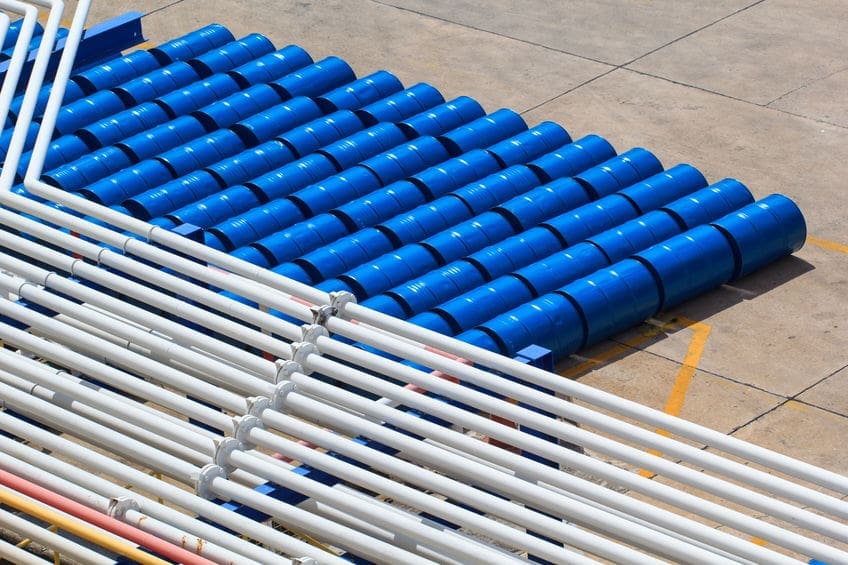Following the release of data by the Energy Information Administration (EIA) Weekly Petroleum with information on refined products supplied and stocks weekly changes in crude oil; Adrian Lara, Senior Oil & Gas Analyst at GlobalData, a leading data and analytics company, offers his view on the current events:
“Production cuts in U.S. shale over the last two months have started to have an impact on the US oil market. Refinery utilization is still lower than normal but it seems stable, seeing a small increase over last month. It is also a good sign that the gasoline supplied to market has kept an overall upward trend since April, reaching 7.5 million barrels per day during the week ending May 29.
“The mix of inventory withdrawals and lower additions in volume also supports this trend for gasoline. It seems that the recovery in economic activity is pushing more private transportation and demand for gasoline, whereas manufacturing and freight activity where distillate fuel is used are recovering at a slower pace. Although distillate fuel oil has also seen a small rebound in demand, it also has shown a continuous build-up in inventories, which now amounts to a total of 52 million barrels added since early April.
“There is a positive trend with respect to commercial crude oil stocks with either lower build-ups or withdrawals, but at the same time the stocks from the Strategic Petroleum Reserve have been increasing – last week they added approximately four million barrels. It seems the expectation is for the strategic reserve to continue acting as an alternative outlet in order to alleviate gluts in commercial storage.
“In light of a somehow improved outlook, some operators such as EOG and Parsley Energy have announced re-activating shut-in wells in H2 2020 but with no plans for new drilling activity. Right now, for most USL48 operators, oil price will need to be permanently higher than US$40 or even $50 per barrel for rigs to start coming back.”






